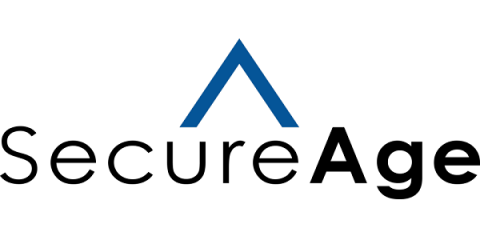Email encryption - the ultimate guide in 2023
Enterprise email encryption is a must-have security tool for anyone who wants to safeguard data that’s in transit. The truth is, there are numerous types and technologies available to help you with this, but what you need for your business ultimately depends on how seriously you want to take the protection of your own, and your clients’ or customers’ data.


